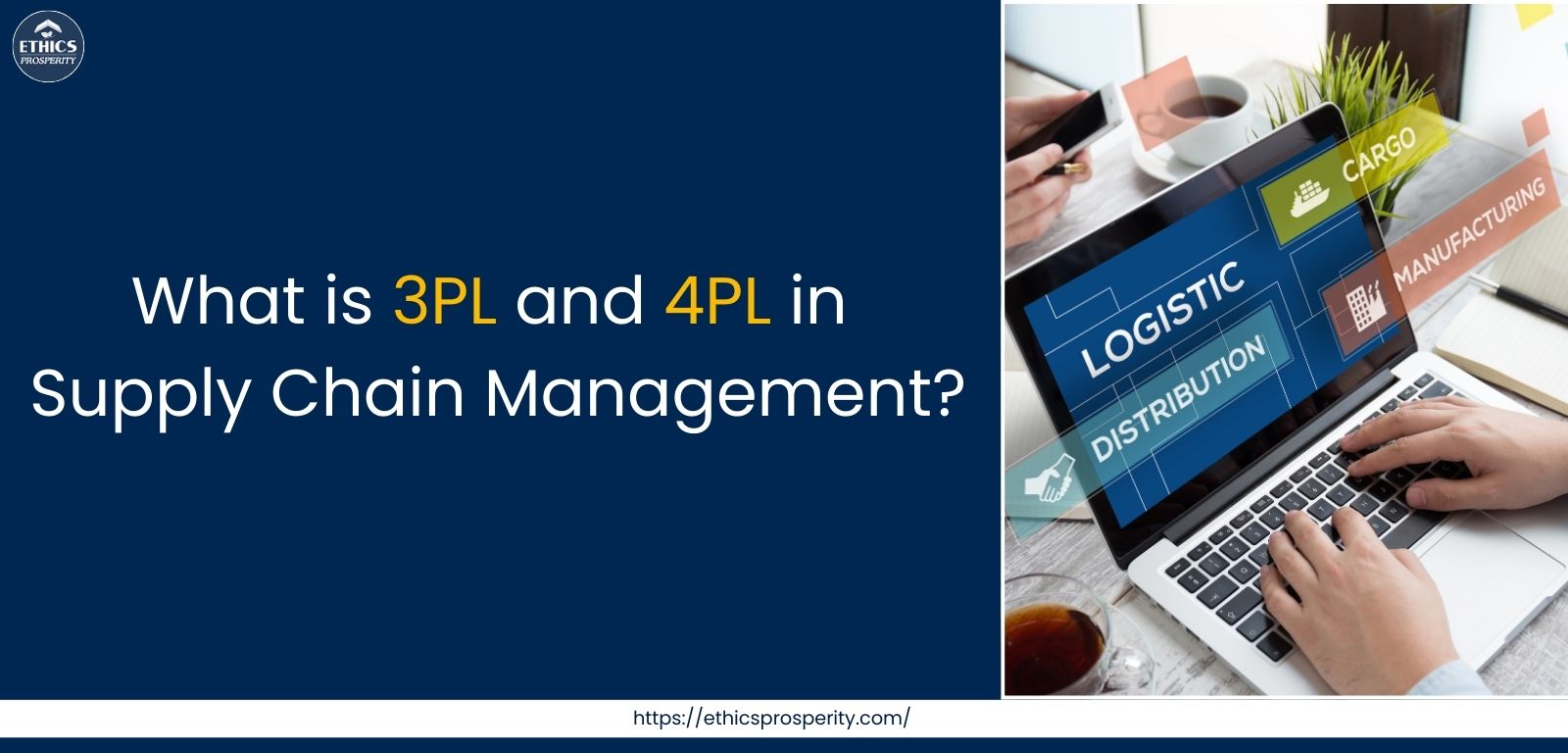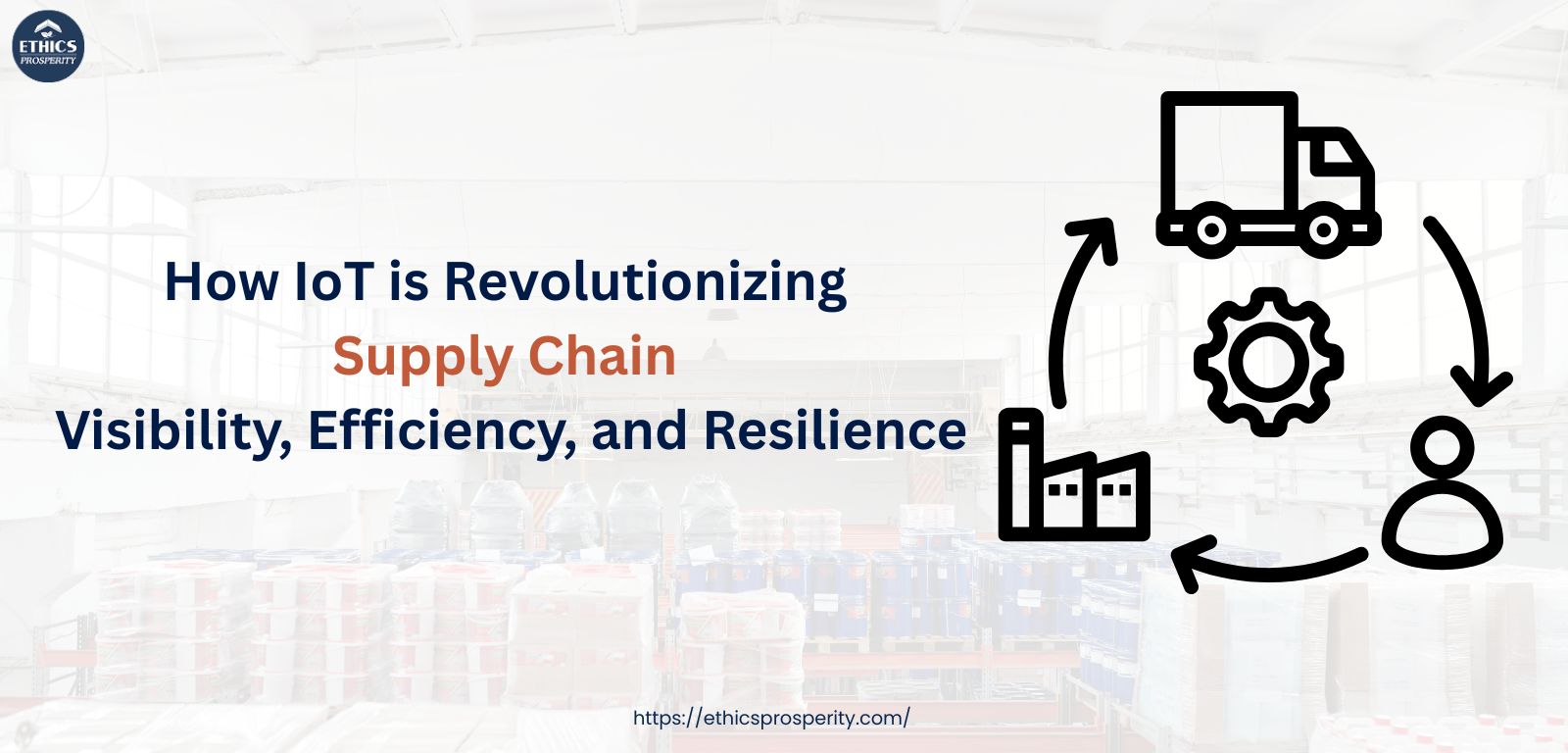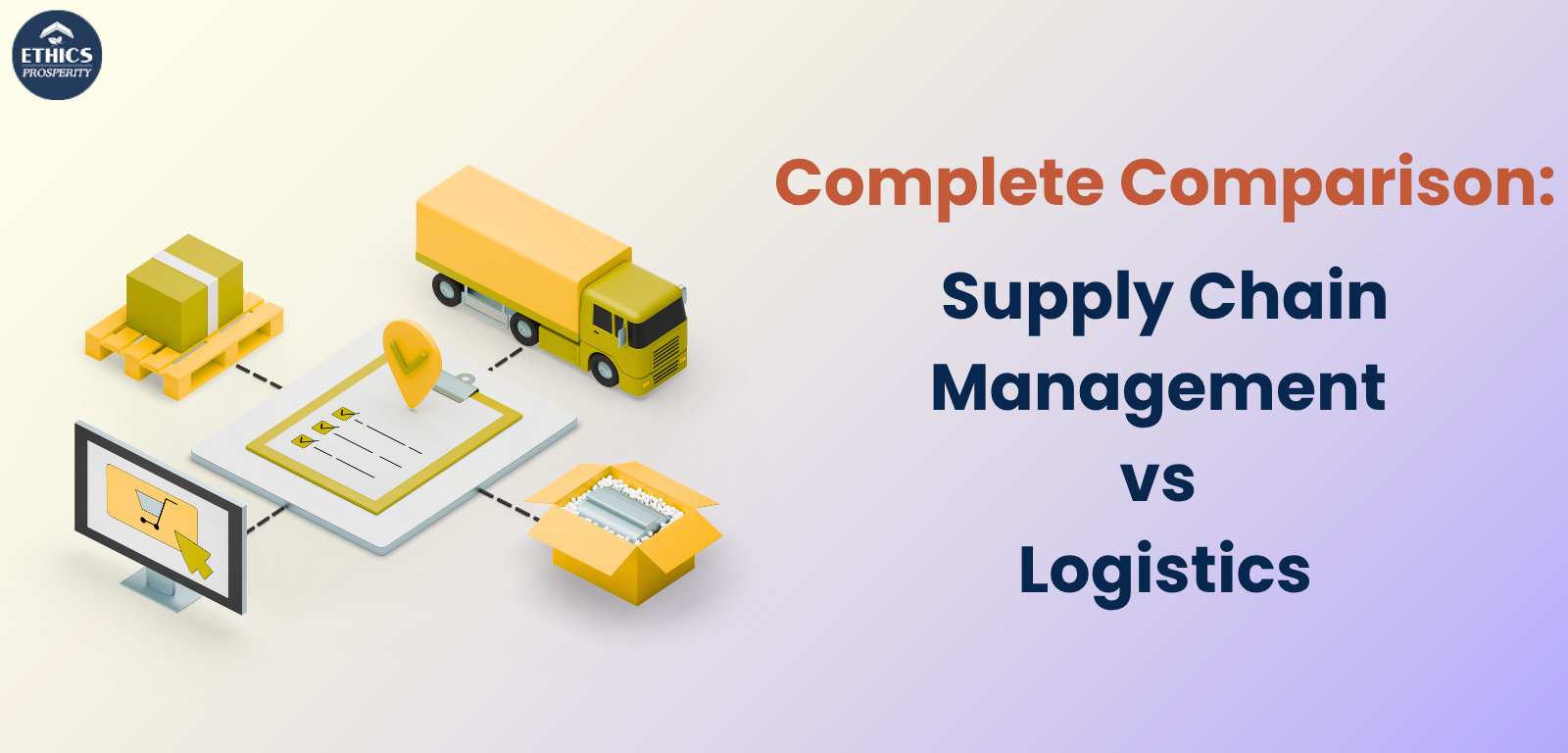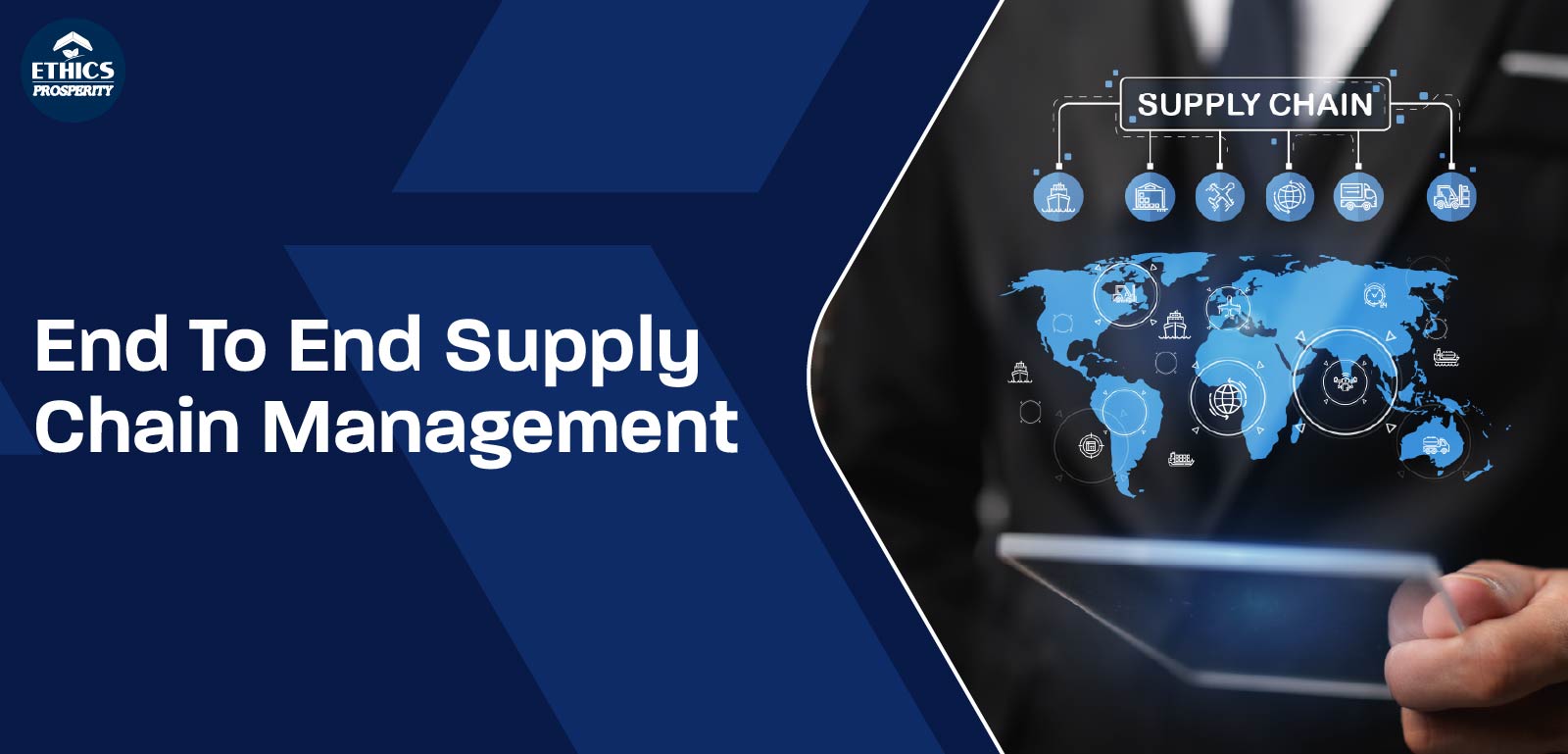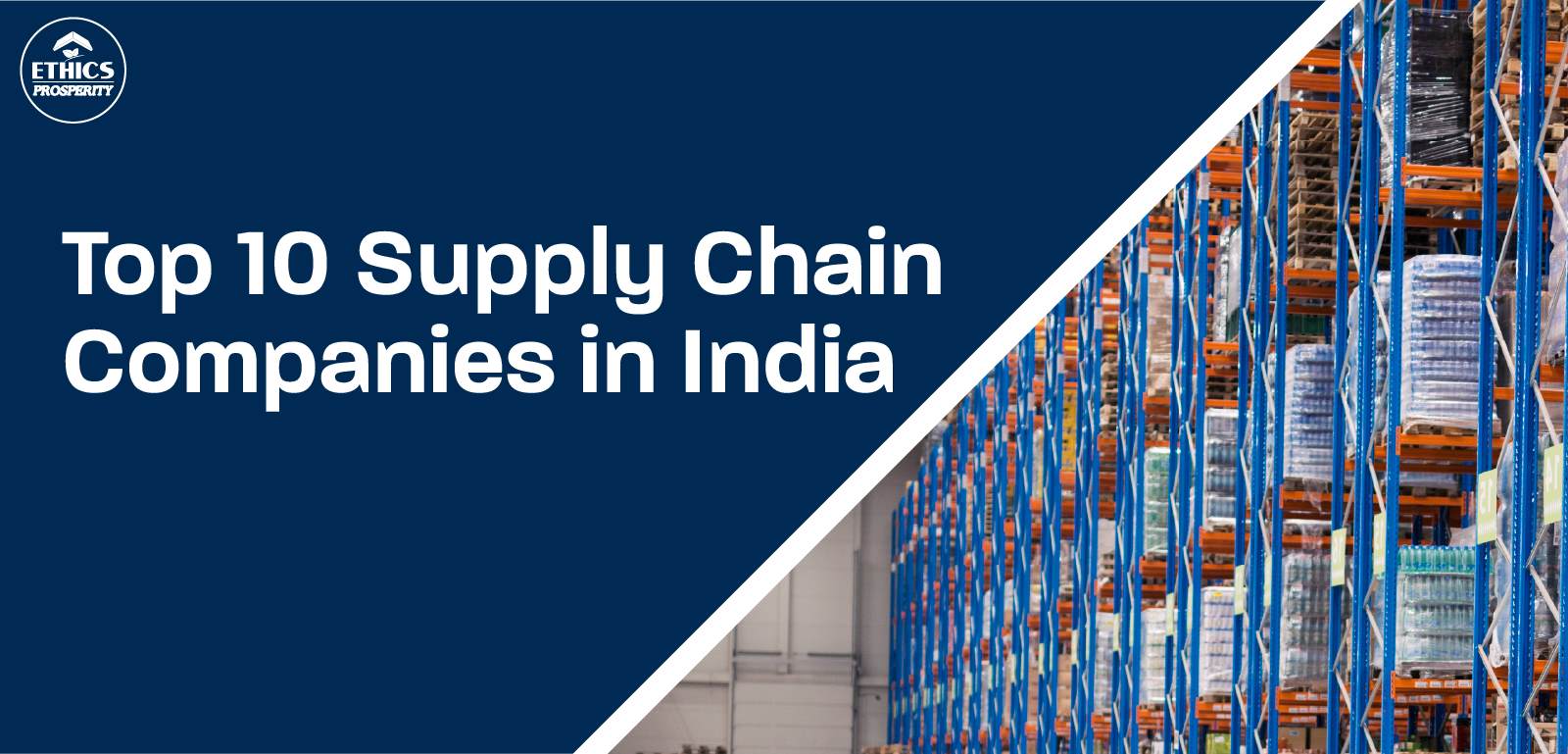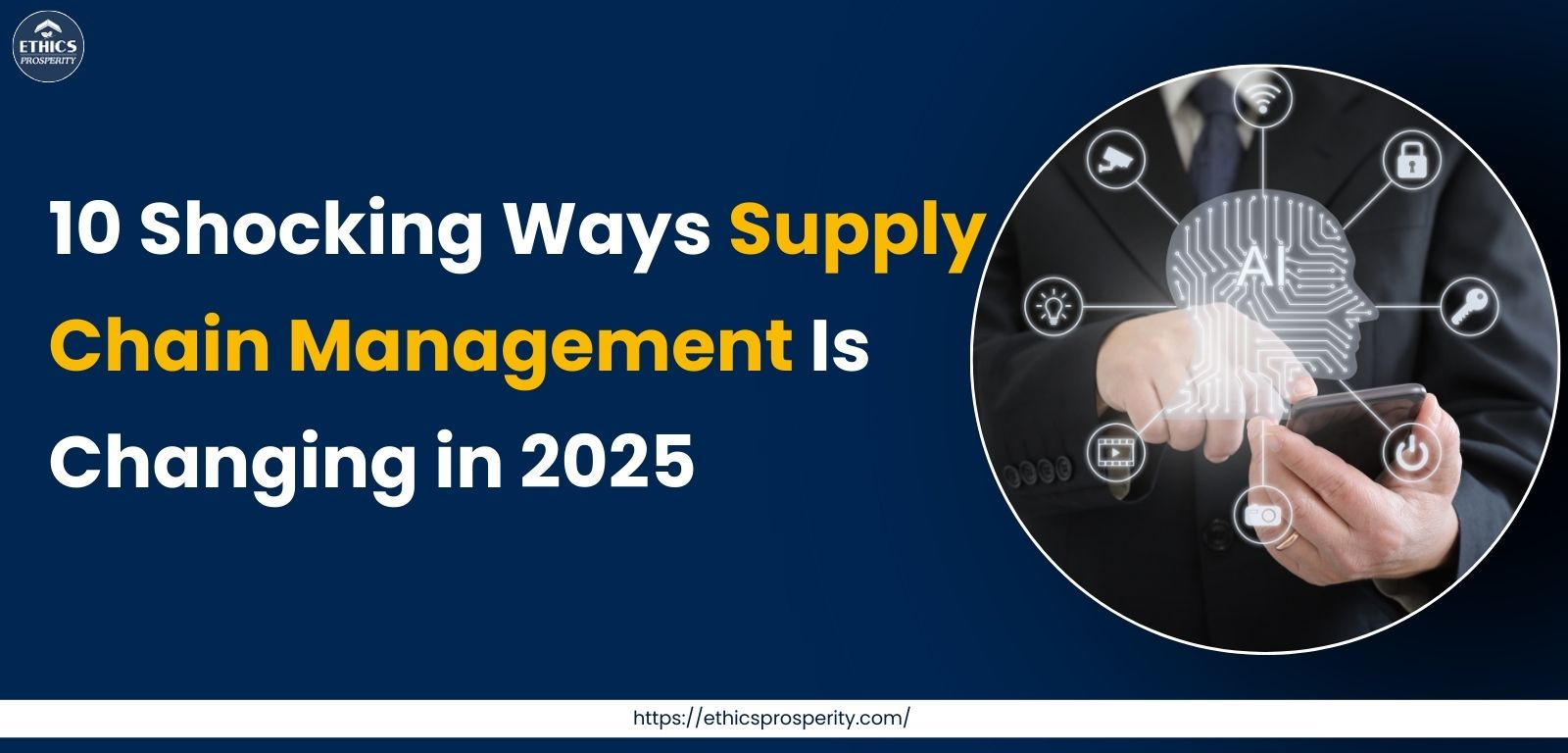In today’s dynamic logistics landscape, businesses are increasingly turning to third-party and fourth-party logistics providers to streamline operations and enhance supply chain efficiency. Third-Party Logistics (3PL) and Fourth-Party Logistics (4PL) are strategic outsourcing models that help companies manage different aspects of their supply chains—from warehousing and transportation to end-to-end coordination.
Understanding the differences between 3PL and 4PL is essential for selecting the right logistics partner that aligns with your operational goals, growth plans, and customer expectations. This article explores what 3PL and 4PL mean, how they function, and which model best suits your business needs.
What is 3PL (Third-Party Logistics)?
Third-party logistics (3PL) refers to companies that manage various functions within a business’s supply chain—or even the entire supply chain. Typical functions handled by 3PL providers include managing inventory, operating warehouses, processing orders, handling returns (reverse logistics), overseeing shipping and receiving, and running distribution center operations.
In addition to core logistics services, 3PL providers often offer technology solutions such as warehouse management systems (WMS), 3PL software platforms, and fulfillment services. Staffed by logistics professionals, 3PLs typically operate under contract logistics models tailored to client needs.
A common example of 3PL in action is when an e-commerce retailer partners with a fulfillment center to handle inventory storage and order processing addition to offering warehousing space, a 3PL also handles the picking and packing of products to fulfill individual customer orders.
The goal is to ensure timely, cost-effective delivery without compromising service quality.
What is 4PL (Fourth-Party Logistics)?
Fourth-party logistics, commonly known as 4PL, represents a higher level of supply chain management. Unlike third-party logistics (3PL) providers, which focus on specific logistics tasks like warehousing, shipping, and order fulfillment, 4PL providers manage and optimize the entire supply chain.
A 4PL provider serves as a single point of contact between a business and its various logistics service providers. Instead of coordinating with multiple partners, companies interact solely with the 4PL, which manages and oversees all third-party logistics operations on their behalf.
This model offers fully integrated supply chain services, streamlining the logistics process from end to end. It is especially valuable in fast-growing industries where supply chain demands are complex and constantly evolving.
The key distinction between 3PL and 4PL lies in their scope. While 3PL providers handle specific logistics functions—such as transportation, warehousing, or fulfillment—4PL providers take a broader, more strategic role by managing the entire logistics network from a top-down perspective.
3PL vs 4PL: Key Differences
In today’s complex logistics environment, businesses must choose the right partners to streamline operations and drive growth. This blog breaks down the key differences between Third-Party Logistics (3PL) and Fourth-Party Logistics (4PL), helping you understand which model aligns best with your supply chain strategy. From operational support to end-to-end orchestration, we explore how each solution impacts efficiency, cost, and scalability. Whether you're a growing SME or an enterprise-level company, this guide will help you make informed logistics decisions in 2025 and beyond.
HOW DOES THE 4PL PROCESS DIFFER FROM A 3PL?
The 4PL process differs from 3PL primarily in its scope, role, and level of control over the supply chain.
- 3PL (Third-Party Logistics) handles specific logistics functions such as warehousing, transportation, or order fulfillment. They execute tasks physically and typically own or operate assets like trucks or warehouses.
- 4PL (Fourth-Party Logistics), on the other hand, acts as a strategic integrator. A 4PL manages the entire supply chain ecosystem, often coordinating multiple 3PLs and using advanced technology for end-to-end visibility, optimization, and decision-making.
Comparison Table: 3PL vs 4PL
Role of Technology in 3PL and 4PL Logistics
Technology plays a vital role in both 3PL and 4PL, but its depth and application vary significantly.
🔹 In 3PL:
Technology is used primarily for execution and operational efficiency. Common tools include:
- Warehouse Management Systems (WMS)
- Transportation Management Systems (TMS)
- Real-time tracking & GPS solutions
- Barcode & RFID scanningThese tools help 3PLs improve delivery speed, inventory accuracy, and order fulfillment.
🔹 In 4PL:
Technology goes beyond operations—it is the backbone of strategic control and supply chain optimization. 4PLs leverage:
- Supply Chain Control Towers
Advanced data analytics & AI
Integrated dashboards for real-time decision-making
End-to-end visibility platforms
- Predictive analytics for risk management4PLs use these technologies to synchronize multiple service providers, optimize networks, and deliver data-driven insights to improve supply chain performance.
Bottom Line:
While 3PL uses technology to streamline logistics, 4PL uses it to orchestrate and transform the entire supply chain ecosystem.
3PL VS 4PL: WHICH IS RIGHT FOR YOUR BUSINESS?
Choosing between 3PL and 4PL depends on your business needs. 3PL (Third-Party Logistics) is suitable for businesses needing to outsource specific logistics functions, like warehousing and transportation, while maintaining control. 4PL (Fourth-Party Logistics) is ideal for companies seeking comprehensive supply chain management, strategic planning, and optimization, often involving the management of multiple 3PLs.
Factors to Consider When Choosing Between 3PL and 4PLSelecting between a 3PL and a 4PL depends on your business's size, complexity, and long-term logistics strategy. Here are key factors to evaluate:
1. Supply Chain Complexity
3PL is ideal for businesses with relatively simple logistics needs (e.g., transportation or warehousing support).
4PL suits companies with complex, multi-layered supply chains requiring holistic oversight and coordination.
2. Control vs. Delegation
Choose 3PL if you prefer to retain more control over logistics decisions.
Opt for 4PL if you want a partner to manage, analyze, and optimize your entire supply chain.
3. Cost vs. Value
3PLs may offer lower upfront costs, especially if you only need tactical services.
4PLs, while costlier, can provide long-term value through efficiency gains and strategic insights.
4. Technology Needs
3PLs offer basic operational tools.
4PLs provide advanced analytics, AI, and real-time visibility across the entire network.
5. Scalability & Growth Plans
If your business is scaling rapidly or expanding globally, a 4PL partner can better support evolving logistics needs.
For stable, regional operations, a 3PL may suffice.
6. Internal Resources
Businesses with limited logistics expertise benefit from 4PLs’ end-to-end Supply Chain Management.
Those with internal supply chain teams might find 3PL partnerships more complementary.
Final Thought:
Conclusion
Understanding the distinction between 3PL and 4PL is crucial for making informed supply chain decisions. While 3PL providers offer hands-on logistics services like transportation, warehousing, and distribution, 4PL providers take a more strategic role—managing the entire supply chain ecosystem, often coordinating multiple 3PLs and leveraging technology to drive efficiency and innovation.
Choosing between the two depends on your business's complexity, scalability goals, and need for control versus optimization. In today’s competitive environment, aligning with the right logistics partner—whether operational (3PL) or strategic (4PL)—can significantly enhance performance, customer satisfaction, and long-term profitability.
In short:
Use 3PL for operational support. Choose 4PL for full supply chain transformation.
